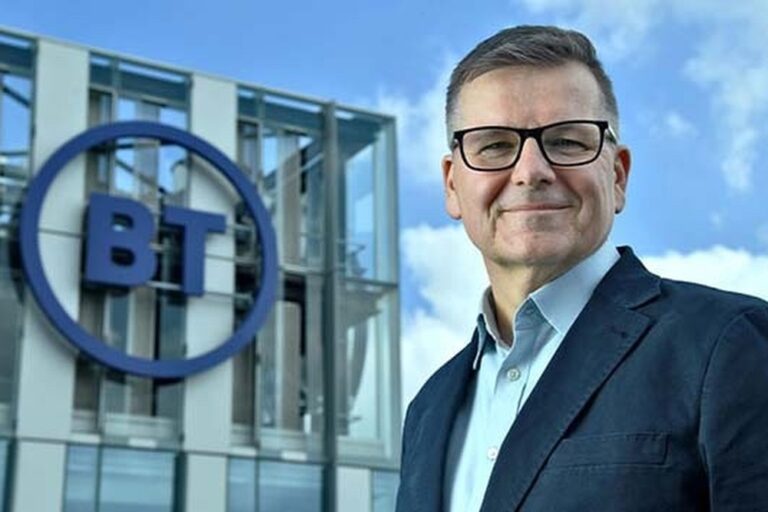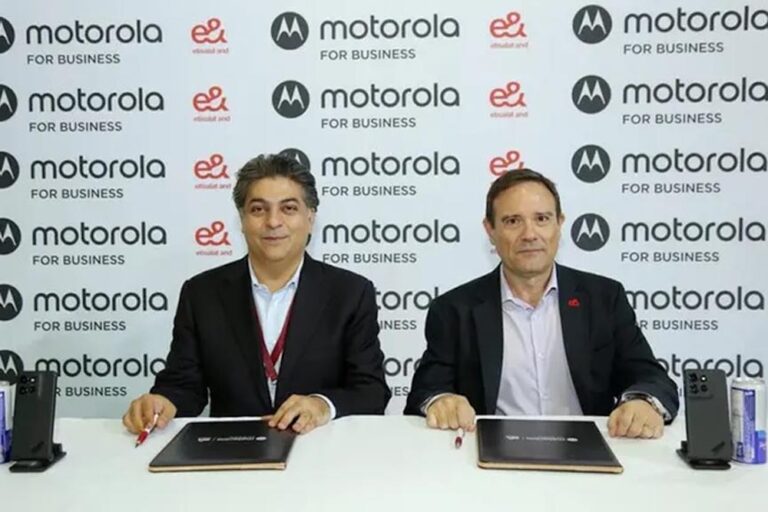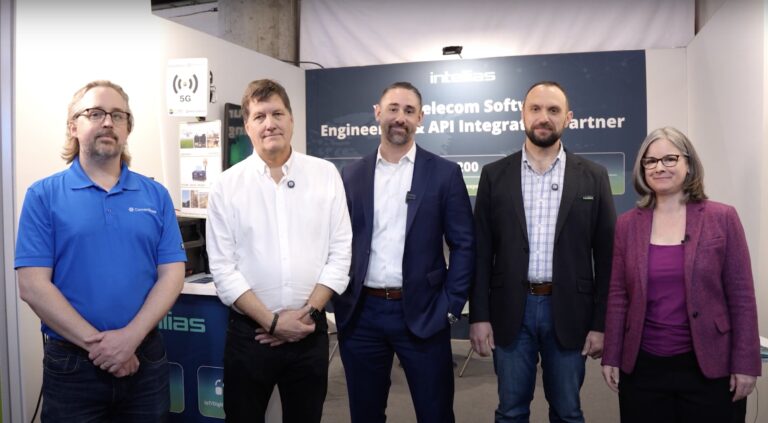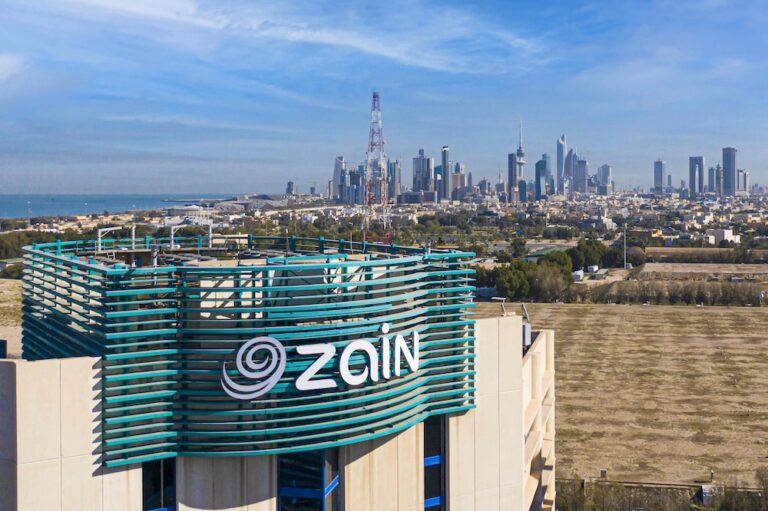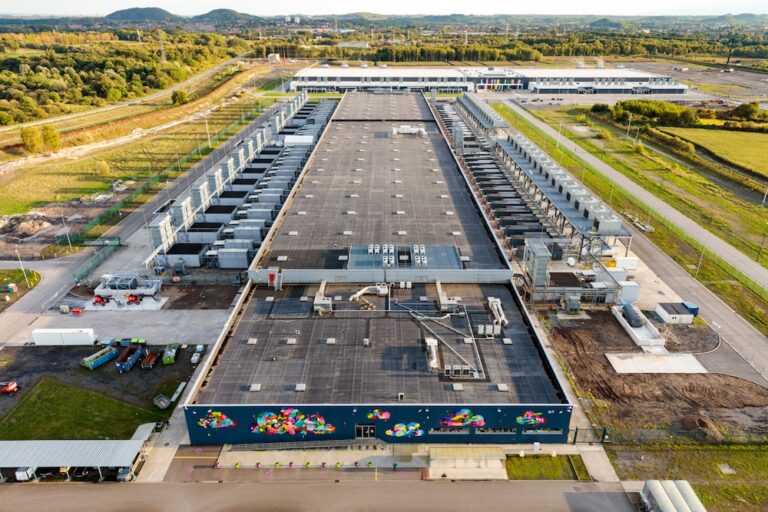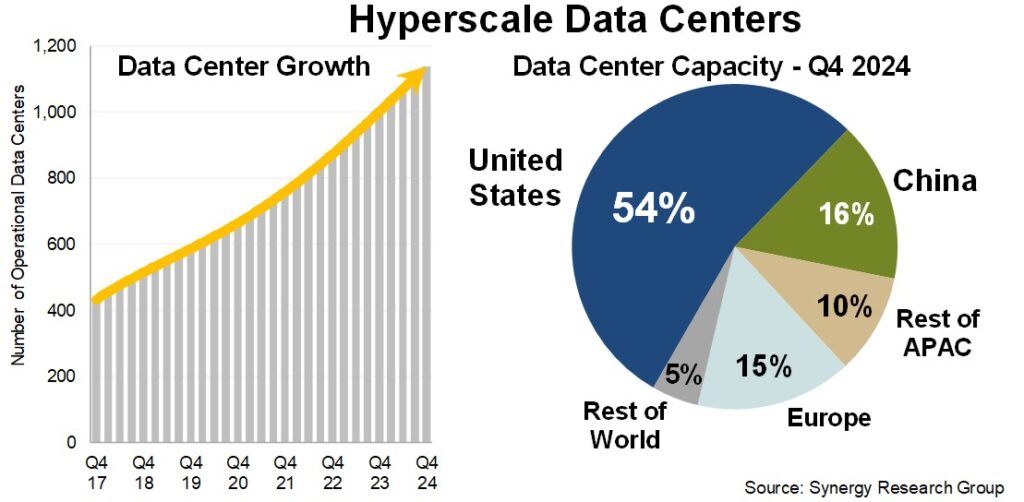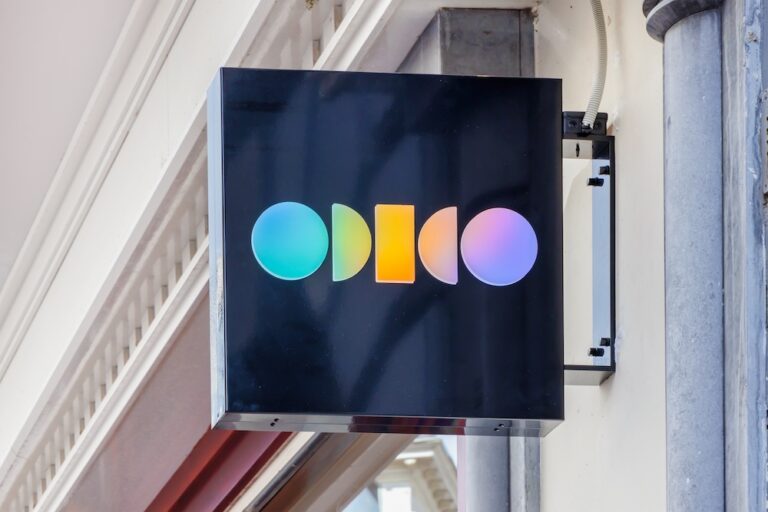MWC2025 finally had some strong interest from operators about non-terrestrial networks in general, and direct to device in particular, but which way will the market go?
At the recent Mobile Work Congress (MWC25) in Barcelona we could notice a strong increase in interest from the cellular industry in non-terrestrial network (NTN), and in particular Direct-to-Device (D2D) satellite services, which will allow modified or unmodified cellular devices to connect seamlessly over both terrestrial cellular and satellite networks.
Almost one year ago at the Mobile World Congress, the Global System for Mobile Communications Association and Global Satellite Operators Association announced their cooperation to foster innovation and seamless terrestrial network/non terrestrial network (TN-NTN) integration. Over the past year, several providers of Direct-to-Device (D2D) satellite services have progressed to the stage of beta testing or initiated a limited commercial launch of their services.
So now is a good moment to evaluate the progress so far, and see what the status is of this merger between the terrestrial cellular and satellite industries, which, as I described in an earlier article, Satellites are from Mars mobile is from Venus, has the potential to bring global communication to a whole new level.
In general, this subject did catch the attention of many of the leading players from both camps, which is good news. Different associations, satellite and mobile operators, smart phone manufacturers, chip makers and network vendors are taking very different approaches on the subject. This will provide very interesting and useful new insights which can be leveraged to reach the stage of fully seamless TN-NTN integration. However, parties have to be critical in assessing the long-term technical and commercial feasibility of their planned solutions, looking beyond the limitations of their current specialism and assets. Only then will they be able to obtain a sustainable position in this new, promising market.
GSMA and GSOA cooperation programs
The cooperation between the Global System for Mobile Communications Association (GSMA) and Global Satellite Operators Association (GSOA) intended to create educational programs, workshops and events aimed at raising awareness and understanding of the benefits and opportunities presented by converging the satellite and terrestrial technologies. However, concrete results have been limited so far.
For one, the GSMA has been most active so far in forging collaborations with satellite entities and associations like the European Space Agency (ESA) and the MSSA (Mobile Satellite Service Association).
On one hand, the collaboration between the GSMA and ESA aims at bringing new possibilities for the telecommunications industry by leveraging ESA’s satellite network operations for the advancement of 5G and future 6G systems. This partnership is mainly focused on conducting comprehensive test programs, and its outcomes should provide the necessary input for developing fully integrated TN/NTN 3rd Generation Partnership Project (3GPP) standards. As such, this partnership will facilitate the launch of fully 3GPP-standardised D2D-services in four or five years.
By then, the partly 3GPP-standardised D2D satellite operators that will launch their initial services this year will have reached full global coverage and further developed their systems to meet more advanced 4G and 5G service needs. Because they will already have become the de-facto standards for full TN-NTN integration, this raises the question of whether the GSMA and ESA shouldn’t work closer together with these satellite operators.
However, the at the MWC25 by ESA and the GSMA Foundry announced new founding round to support 3 innovation challenges centred on 5G/6G innovation for D2D communications shows that for the moment ESA and the GSMA have no intention to do so.
On the other hand, the alliance between the GSMA and the MSSA will explore new approaches to integrating D2D and Internet of Things (IoT) services via Mobile Satellite Services (MSS) satellites. Particularly, the focus will be on how long-established satellite operators like Viasat, Iridium and Orbcomm can leverage their existing legacy satellite constellations to provide services to cellular devices.
Nonetheless, a limiting factor is that these constellations are only capable of providing rather basic D2D-service based on MSS-spectrum — like emergency SOS and messaging — and need substantial upgrades to be able to support more advanced 4G and 5G services.
Within this panorama, it is remarkable that the program with ESA is directed to the (distant) future, whilst the alliance with the MSSA is more focused on the constellations from the past. At the same time, GSMA has not yet made any efforts to establish close partnerships with the soon-to-be launched D2D LEO-sat operators. For instance, AST Space Mobile, Starlink Direct-to-Cell (D2C) or LYNK, are all at the verge of starting to offer partly 3GPP-standardised D2D/C services, and are predicted to have a huge impact on the global cellular industry already this year.
The GSOA so far has not developed any projects or collaborations in this area with cellular network operators or associations.
This leaves the impression that, although both the GSMA and GSOA have shown their interest in D2D services and the associated merger of the satellite and cellular industry, the sense of urgency still appears to be missing within these two entities.
Legacy satellite operator and smart phone manufacturers
Among the legacy satellite operators, the further extension of the partnership between Globalstar and Apple and the establishment of a joint ownership of a new low Earth orbit (LEO) constellation has been the most noticeable achievement of the past year.
Through this partnership, Apple will invest $1.5 billion into Globalstar. This investment serves to build a new satellite constellation, named “Extended MSS Network”, and lease 85% of the network capacity to provide D2D-services exclusively to the owners of future iPhone releases. To provide these services directly to its iPhone users, Apple will be able to leverage, potentially on a global scale, Globalstar’s 10MHz bandwidth of Band 53/n53 spectrum located at 2.4GHz, as approved by the 3GPP.
With this, Apple will bypass Mobile Network Operators (MNOs) and exclude a large part of the MNO’s customer base who do not use an iPhone. In doing so, they will strongly limit their addressable market and spark strong rejection amongst MNOs.
Remarkably, though, is that, with this decision, Apple is reviving Steve Jobs’ old dream from 2007 to create his own network in the 2.4 GHz Band. Nonetheless, this decision was aborted years ago, based on the insight that it would have devastating consequences for Apple’s global MNO’s sales channels around the world. Why Apple believes the outcome will be different this time remains unclear.
A comparable, but much less far-reaching deal was closed between Ligado and Google, aimed at providing SOS services to Google Pixel 9 series smartphones. Besides that, Ligado has also tested SMS-service over geostationary orbit (GEO)-satellite in cooperation with Qualcomm and T-Mobile.
Taking into consideration the very basic characteristics of these D2D services of the legacy satellite operators, and the limitations of these satellite constellations to keep up the pace with the fast-developing requirements for the increasingly more advanced 5G services, a crucial question emerges. Namely, will these services be only used by the smart phone manufacturers for short- term product differentiation, or are they meant to be a starting point for more advanced services in the future?
Within this perspective the recent alliance formed by the SES and Lynk Global is the first case where a legacy and a new partly 3GPP-standardised satellite operator join forces to bring more advanced D2D-services to the market. As part of this agreement SES will invest in Lynk Global, provide a suite of integrated services over its MEO/GEO-constellations and ground network to enhance capabilities of Lynk’s services, and will also become a strategic channel partner for Lynk Global.
Cellular network vendors
In the cellular network vendor market, we see a wide variety of approaches taken by the different players to merge terrestrial and satellite services. Particularly, each of them takes a specific approach somewhere between the opposite pathways that Ericsson and Nokia have been taking in the past year.
On one hand, Ericsson, by completely ignoring the partly 3GPP-standardised D2D services, like SpaceMobile and Starlink D2C, has placed itself outside of the first wave of the soon-to-be launched serious providers of D2D services. Instead, Ericsson is only working on its alliance with the MSSA to develop D2D services on legacy MSS satellite systems and initiated close cooperation with ESA targeting the development of 3GPP TN/NTN standards for the future. Consequently, Ericsson will not be an active player at this stage. As such they have placed themselves in a less favourable starting position to benefit from future market opportunities for fully 3GPP standardised D2D services.
On the contrary, Nokia went in deep with Space Mobile, playing a crucial role in delivering its AirScale Single RAN equipment, including its AirScale base stations powered by its latest generation of Nokia’s ReefShark System-on-Chip chipsets. Additionally, Nokia will also provide SpaceMobile with its NetAct solution for network management and seamless daily network operations, as well as optimisation and technical support services. This close partnership between Nokia and SpaceMobile could also be witnessed at the MWC25 by Nokia hosting SpaceMobile on their booth.
As such, Nokia has become a leading player in providing network solutions to D2D LEO operators. This will enable them to further leverage this position, and thus obtain a preferred position for the next wave of D2D constellations.
The new operators of partly 3GPP-standardised D2D services
Also, very different approaches are taken between the different new operators of partly 3GPP-standardised D2D LEO services, as exemplified by Starlink and Space Mobile.
Starlink has outraged the global MNO community over its out-of-band (OOB) emissions waiver request to the Federal Communications Commission (FCC) for its D2C LEO satellite messaging system. Particularly, this is causing serious interference problems with the services of mobile and other satellite operators. Besides that, Starlink is trying to obtain its own spectrum with the objective of bypassing local MNOs and thus providing its services directly to the end-users.
In sheer contrast, Space Mobile has obtained full support for its constellation from all the leading MNOs around the world, offering a model where the MNO is in the lead towards the customer and receives a full revenue share. Additionally, Space Mobile will provide its MNO partners in the U.S. with 45 MHz of additional premium, lower mid-band spectrum to offer Space Mobile D2D services to their clients. Besides this, Space Mobile received major investments and has board members from various leading cellular players like AT&T, Verizon, Google, American tower, Vodafone and Rakuten.
A clear proof of this close collaboration between these companies is the joint announcement by Vodafone and SpaceMobile at the MWC25 that they have signed an agreement to create a jointly owned European satellite service business to serve mobile network operators (MNOs) in all European markets.
With the key involvement of these renowned global cellular players, Space Mobile takes terrestrial cellular networks as a starting point for its systems and constellation design, and can, as such, guarantee the best possible match between terrestrial cellular and satellite services.
What sort of relationship will evolve?
Overall, the different satellite and cellular associations, entities and companies are all taking very diverse approaches to D2D-services. Apart from just a few cases, where parties from the satellite and cellular industry work together in full partnership with a joint objective, in most cases there appears to be a desire by the cellular or satellite entity to be in full control, be in the lead, or take the most benefits. However, this competitive mentality is hindering players from both terrestrial and satellite industries to go all the way together. Only through a more collaborative approach will all relevant stakeholders be able to obtain their fair share of the business and achieve real big things together.
The merger of the satellite and mobile industry is not yet a happy marriage — in fact, it has not yet passed the stage of a Living Apart Together (LAT) relationship. Nonetheless, we believe truly promising avenues can emerge from this merger. Perhaps all that is needed is simply more time and faith in one another to move to the next stage and make this a marriage made in heaven.
Enrico Ottolini is co-founder and executive director of Planet Earth Connect. He has more than 25 years of extensive international experience in both the mobile and satellite communications industries. He guides telecom operators and solution providers through the rapidly changing and fragmented LEO-sat landscape. Currently, he and his team are in the process of creating a platform that will merge both these technologies into one fully integrated and seamless Terrestrial Network / non-TN enterprise solution.


